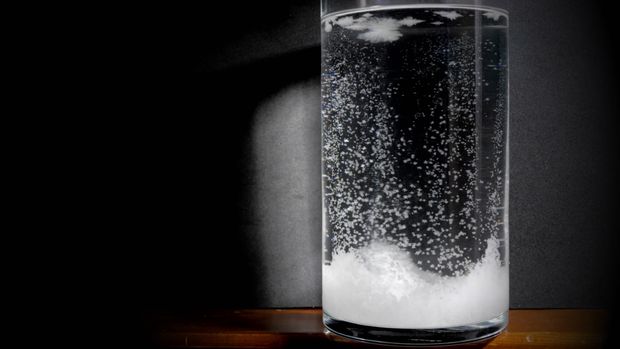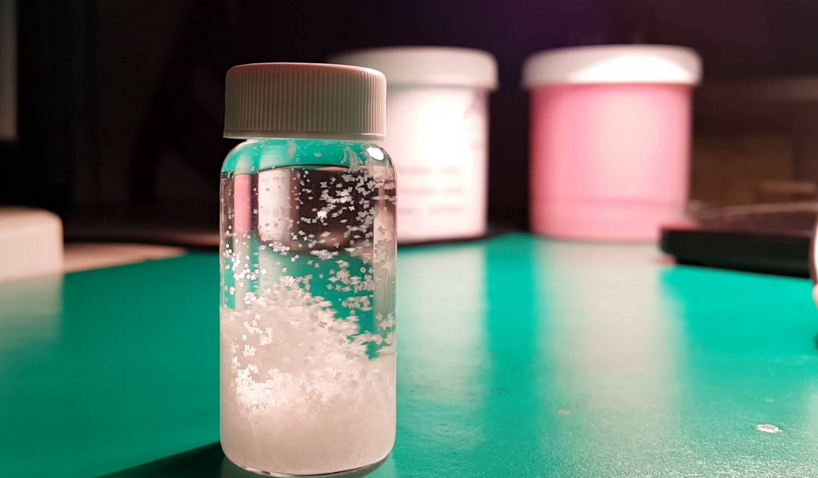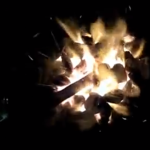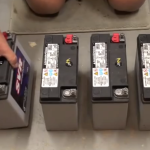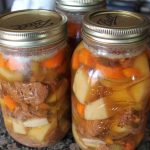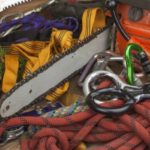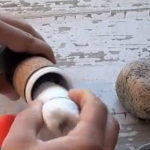Did you know that some of the most famous explorers used a very rudimentary tool to make generalized weather predictions? This storm glass was a popular option to other forms of early weather equipment due to its reliability and affordability. You can also make one out of some basic material and have the ability to get a head start on upcoming changes in the weather.
What you Need
You will need a glass or beaker that can be sealed. Consider a flask or test tube that can be plugged with a cork or rubber stopper. You will also need a nice piece of wood to serve as the base along with a glue that will join the glass and wood together. You will also need a set of beakers for mixing chemicals along with protective goggles, gloves and perhaps an apron. You will also need the following ingredients:
2 ½ grams of potassium nitrate
2 ½ grams of ammonium chloride
40 milliliters of ethanol
35 milliliters of distilled water
10 grams of natural camphor
Camphor is a popular and readily-available essential oil, and potassium nitrate and ammonium chloride are also easy to obtain.
The first step is to fill the beaker with water before carefully adding the potassium nitrate and ammonium chloride. Mix the ethanol and camphor in another beaker and place into a larger beaker that is filled with warm water. This will help to mix the two items together completely. Once the temperatures have equalized between the inner and outer beaker, add the water and other items to the camphor and ethanol mix. Stir for a few seconds and remove from the water. Pour into your glass or flask and seal. Attach to the base and allow everything to set for a few hours.
You should start to notice changes in the characteristics of the liquid after about six hours. These changes will generally correspond to the current or altering weather patterns in your immediate vicinity.
Apply this general rule of thumb to weather forecasting:
If the water in the jar remains clear, the weather will also be clear. The liquid will develop small, crystalline stars during the winter if snow is on the way. If the water becomes cloudy, you can expect clouds to form along with a chance of rain or snow. If thread-like structures form on the top of the container, then it will start to get windy outside. Crystals that form on the bottom of the container may indicate that frost will form overnight. Large flakes throughout the liquid can indicate either cloudy days in the summer or the arrival of snow in the winter. Finally, if you start to see some dots forming in the center of the liquid, this could indicate the looming formation of fog.
While these characteristics have been known to correspond to upcoming weather conditions, this method doesn’t do a good job making extended predictions. It is simply a rudimentary tool that provides a general overview of what can be expected to occur in the near future as the liquid reacts to changes in temperature, moisture and barometric pressure. However, if you’re ever in a situation where you can’t get an accurate forecast, this ingenious device can help you to prepare for imminent changes.
Try it out for yourself and see whether or not you notice any changes in the characteristics of the liquid as different weather patterns move through. This will give you an idea of how much lead-time you can expect from using this device in order to prepare for altering weather conditions as quickly as possible.


